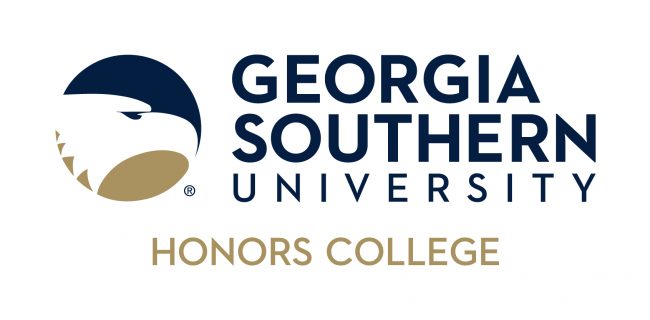Impacts of Algal Morphology and Water Flow on Macroalgal Microplastic Capture
Location
Armstrong Campus (Solms 110)
Document Type and Release Option
Thesis Presentation (Open Access)
Faculty Mentor
Dr. Michele Guidone
Faculty Mentor Email
mguidone@georgiasouthern.edu
Presentation Year
2022
Start Date
14-11-2022 5:30 PM
End Date
14-11-2022 7:30 PM
Description
Microplastic pollution is a major area of concern in marine environments, especially as microplastics enter the food web. This study used pipe cleaners and two lichen species as algal mimics, and Chaetomorpha sp. and Chondrus crispus as model algal species to test the effects of morphology and biomass on microbead and foam capture. This study also utilized two different water flow methods: vortices and waves. Results suggest that water flow, as well as biomass and morphology, play a role in microplastic capture in macroalgae. For all mimics and algal species, except Cladonia lichens, turfs with increased biomass and length showed a trend, significant in some cases, to interact with and retain more beads. For Cladonia, smaller turfs in the waves simulation retained significantly more beads. Foam results were more varied with longer Cladonia capturing significantly more foam, pipe cleaners showing no significant difference or trend, and short Chaetomorpha sp. capturing significantly more foam. The complex results obtained suggests the interaction of several factors in microplastic capture and the need for future research in this area to develop pollution mitigation strategies and decrease the entrance of microplastics into the food web.
Academic Unit
College of Science and Mathematics
Impacts of Algal Morphology and Water Flow on Macroalgal Microplastic Capture
Armstrong Campus (Solms 110)
Microplastic pollution is a major area of concern in marine environments, especially as microplastics enter the food web. This study used pipe cleaners and two lichen species as algal mimics, and Chaetomorpha sp. and Chondrus crispus as model algal species to test the effects of morphology and biomass on microbead and foam capture. This study also utilized two different water flow methods: vortices and waves. Results suggest that water flow, as well as biomass and morphology, play a role in microplastic capture in macroalgae. For all mimics and algal species, except Cladonia lichens, turfs with increased biomass and length showed a trend, significant in some cases, to interact with and retain more beads. For Cladonia, smaller turfs in the waves simulation retained significantly more beads. Foam results were more varied with longer Cladonia capturing significantly more foam, pipe cleaners showing no significant difference or trend, and short Chaetomorpha sp. capturing significantly more foam. The complex results obtained suggests the interaction of several factors in microplastic capture and the need for future research in this area to develop pollution mitigation strategies and decrease the entrance of microplastics into the food web.



